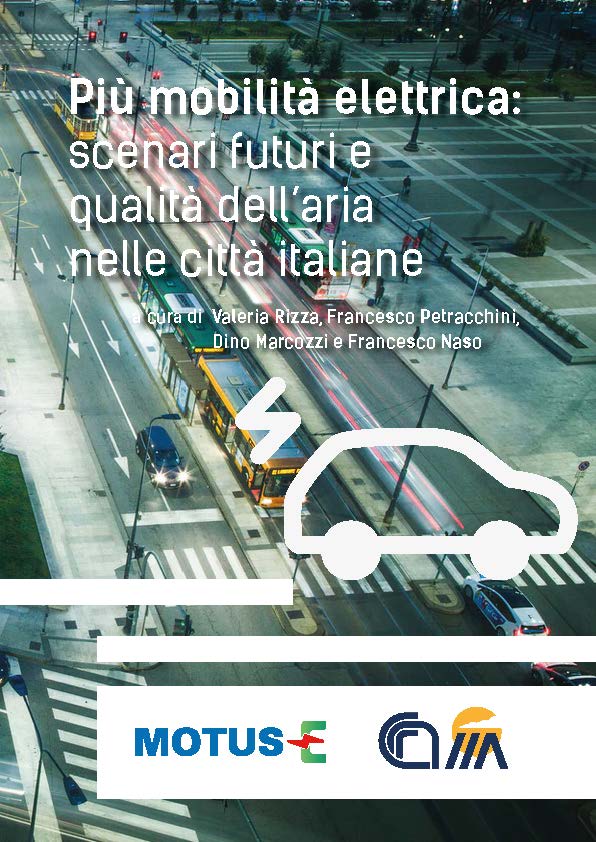More electric mobility: future scenarios and air quality in Italian cities

Description
The study presents an evaluation of the dispersion into the atmosphere and of the fallout on the ground of primary and secondary pollutants and the related emission impact in the cities of Turin, Milan, Bologna, Rome and Palermo, according to an analysis of two prospective scenarios, respectively in 2025 and to 2030, of the current fleet of vehicles relating to the private transport and logistics sectors of the five Italian cities under study. Furthermore, it has made it possible to highlight not only how vehicular traffic is one of the main causes of pollution in the urban environment, but also how the considerable impact on the number of premature deaths produces a significant impact on social and economic costs.
The results obtained show how, within a broader scenario of replacement of the private vehicle fleet, the penetration of a percentage of electric vehicles plays a fundamental role in reducing the concentrations of local pollutants, in particular NO.2.
There is a reduction in concentrations, in percentage terms relating to the mobility sector, from a minimum of 47% (in the Bologna case) to a maximum of 62% (in the case of Rome) considering the scenario in 2025, while taking into consideration the scenario in 2030 it is there is a reduction ranging from 74% (Palermo case) to a maximum of 89% (Rome case).
Small impact, but still important for the PM10. If the results of the 2025 scenario are observed, the reduction percentage starts from a minimum of 28% (in the case of Bologna) up to a maximum of 38% (in the case of Palermo); for the 2030 scenario, the abatement is not as decisive as for NO2, the reduction varies between 34% and 46%.
The greater penetration of electric cars projected in the study also translates into a significant reduction in the estimates of the number of deaths for cities such as Milan, Rome and Turin in relation to concentrations of NO2 and PM10 and the relative social cost (VSL) associated with the number of deaths averted, related to changes in PM concentrations10 and no2 due to the contribution of traffic alone, which occur in the various hypothesized scenarios, and which varies between about 140 million and about 2 billion euros in the 2025 scenario, and about 222 million and 3 billion in the 2030 scenario.
